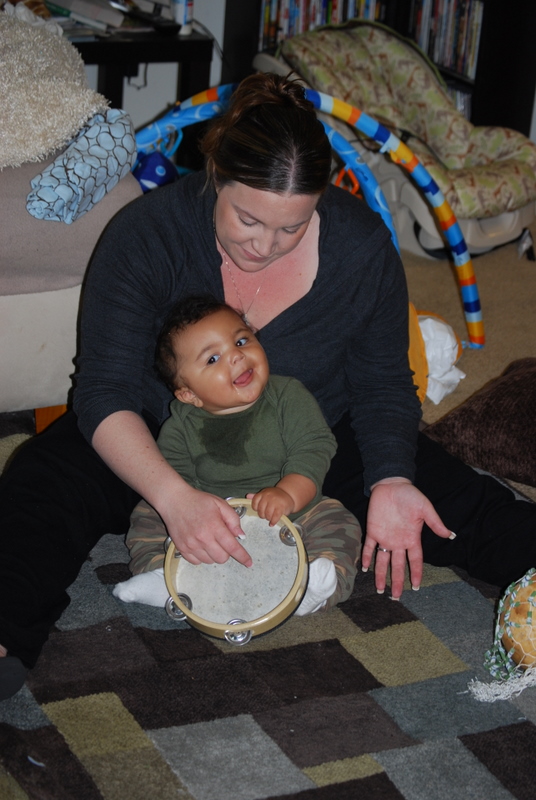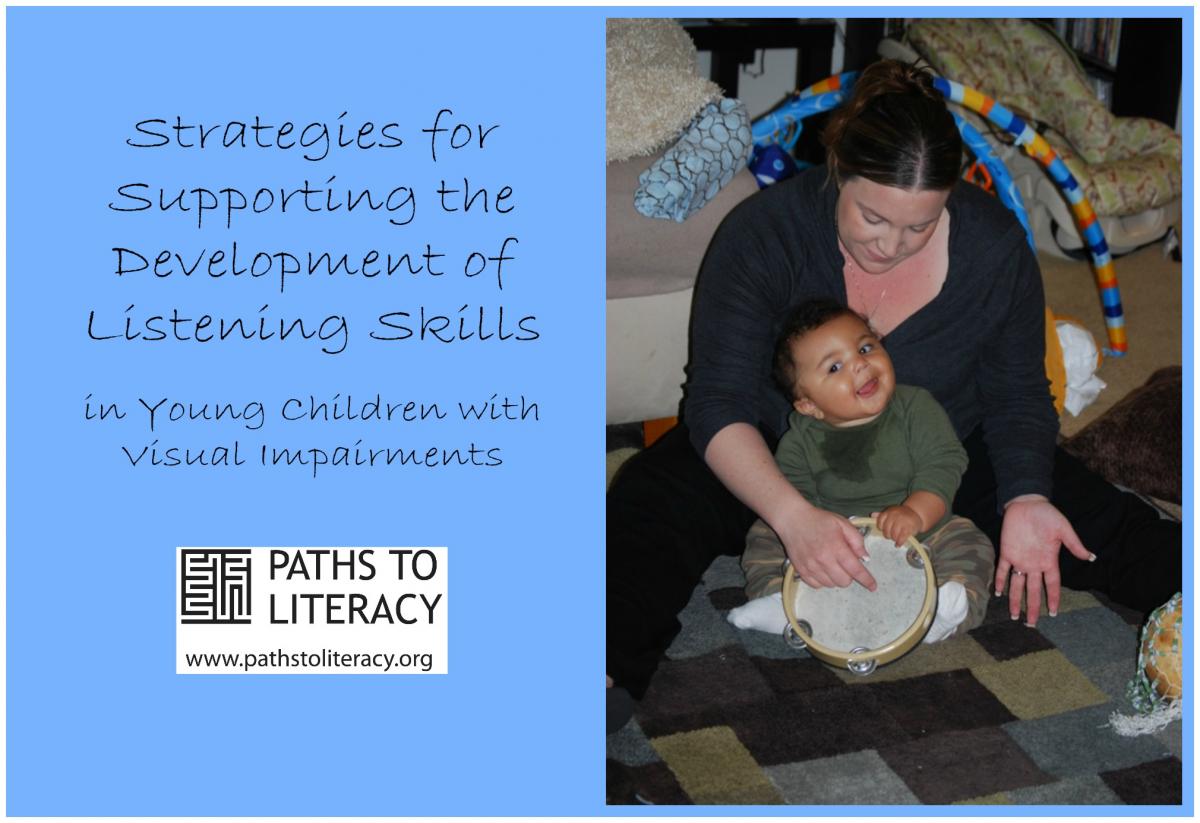Strategies for Supporting the Development of Listening Skills in Young Children with Visual Impairments
Submitted by Liz Barclay on Feb 22, 2015

From the moment a child is born, the journey of learning to integrate sensory information begins; vision combines with touch to help the infant make sense of what is perceived through the auditory sense. Vision and hearing are the two senses that allow access from a distance to people, objects, actions and the environment. Consequently, when a child is born with a visual impairment, or becomes visually impaired at an early age, the journey of learning to make sense of the world is altered, requiring a deliberate focus on the development of the senses of hearing and touch. In this case, the development of listening skills becomes essential, necessitating that families and educators deliberately address this important avenue of learning. The auditory sense is now a primary avenue for learning in all aspects of life and especially in school. This blog explores some key aspects of integrating listening skill development with literacy skill instruction for school-aged children. It will be divided into three sections, beginning with a focus on infants and toddlers – preschool and kindergarten aged children.
Teaching Infants and Toddlers to Make Sense of Sounds
Typically, infants and toddlers with visual impairment must be taught to make sense of the sounds around them by parents, caregivers and other family members. Simply put, this entails:
- moderating the sound environment so that attention can be drawn to the auditory information that is pertinent,
- learning to interpret and respond to the listening behaviors of these young children
- providing appropriate activities
- providing language and guidance within meaningful daily routines.
It is essential that a solid foundation of auditory perceptual skill (the interpretation of sound) be established for infants and toddlers in order to prepare them for the more complex environments of school and the community. The sidebar below provides strategies for supporting the development of these skills for infants and toddlers.
Strategies to Help Children Develop Listening Skills
The following overall strategies are effective in helping children develop listening skills:
- Instruction in listening skills is embedded in the context of functional, everyday routines—for example, during a diaper change, while having a daily snack, or when performing an assigned job at school—so that these activities can have meaning for the child.
- Attention is paid to the child’s learning characteristics and sensory responsiveness.
- A supportive listening environment is created, with attention to auditory distractions and the quality of sound.
Strategies to Help a Child Understand Sound
The following targeted strategies can have a direct impact on a child’s understanding:
- Pair touch and visual cues (when appropriate) with sound.
- Allow time for the child to respond.
- Supply appropriate prompts to encourage a response.
- Be attuned to subtle behaviors that communicate a response.
- Reinforce the child’s response.
To read more about this topic, see: Integrating Listening Skills with Literacy Skills Instruction: Infants, Preschool and Kindergarten

Reprinted with permission from L.A. Barclay "The Importance of Listening" (p. 6) in Learning to Listen/Listening to Learn: Teaching Listening Skills to Students with Visual Impairments, Lizbeth A. Barclay, Editor, Copyright ©2012 by AFB Press, American Foundation for the Blind. All rights reserved.

Comments
Ling 6 sounds